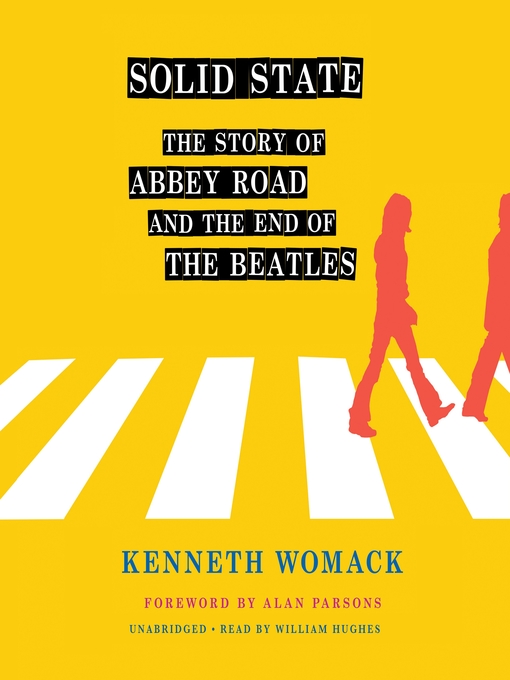In Solid State, Kenneth Womack offers the most definitive account of the conception, recording, mixing, and reception of Abbey Road.
In February 1969, the Beatles began working on what became their final album together. Abbey Road introduced a number of new techniques and technologies to the Beatles' sound and included "Come Together," "Something," and "Here Comes the Sun," which all emerged as classics.
Womack's colorful retelling of how this landmark album was written and recorded is a treat for fans of the Beatles. Solid State takes listeners back to 1969 and into EMI's Abbey Road Studios, which boasted an advanced solid state transistor mixing desk. Womack focuses on the dynamics between John, Paul, George, and Ringo and producer George Martin and his team of engineers, who for the most part set aside the tensions and conflicts that had arisen on previous albums to create a work with an innovative—and among some fans and critics, controversial—studio-bound sound that prominently included the new Moog synthesizer, among other novelties.
As Womack shows, Abbey Road was the culmination of the instrumental skills, recording equipment, and artistic vision that the band and George Martin had developed since their early days in the same studio seven years before. A testament to the group's creativity and their producer's ingenuity, Solid State is required reading for all fans of the Beatles and the rock 'n' roll.

